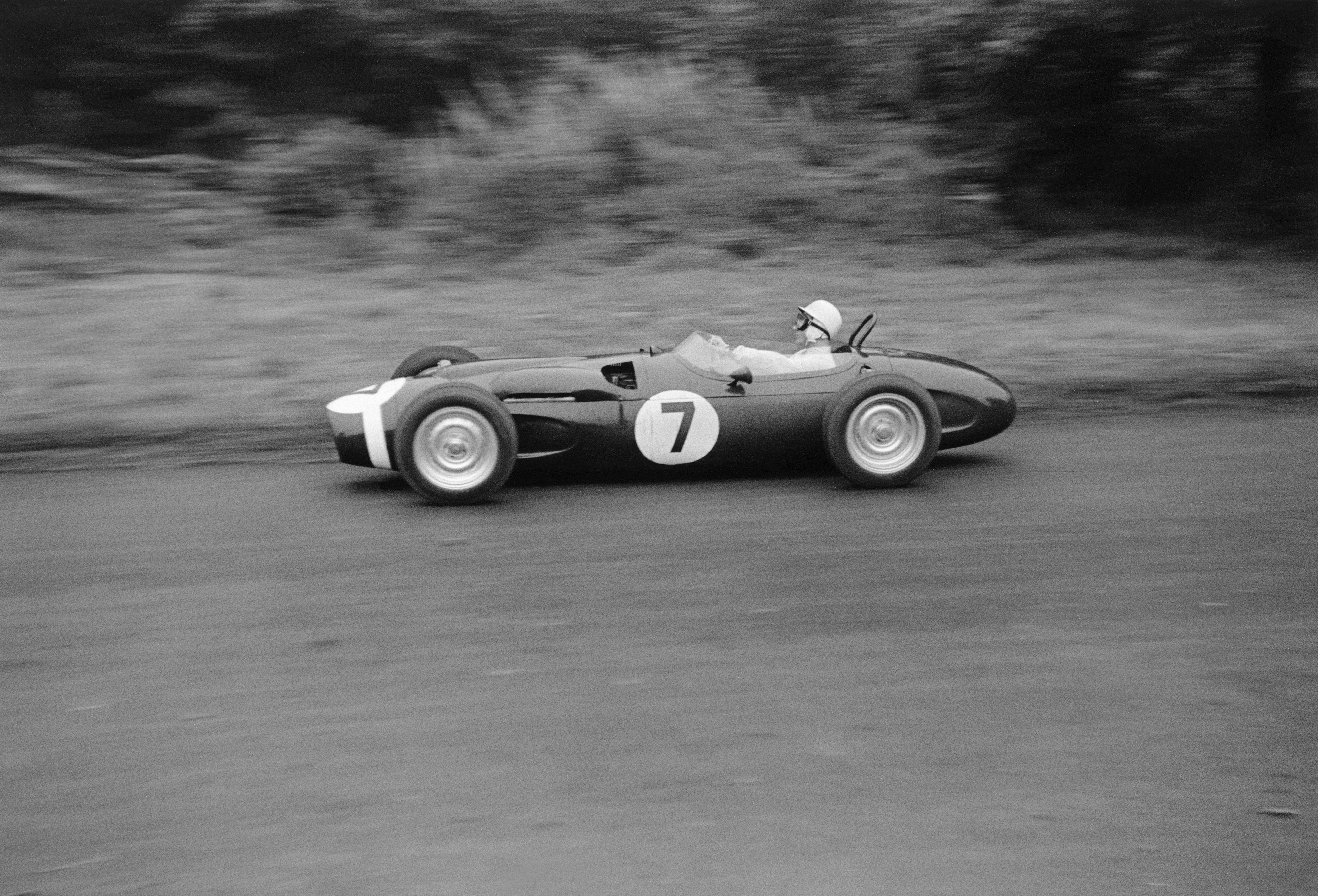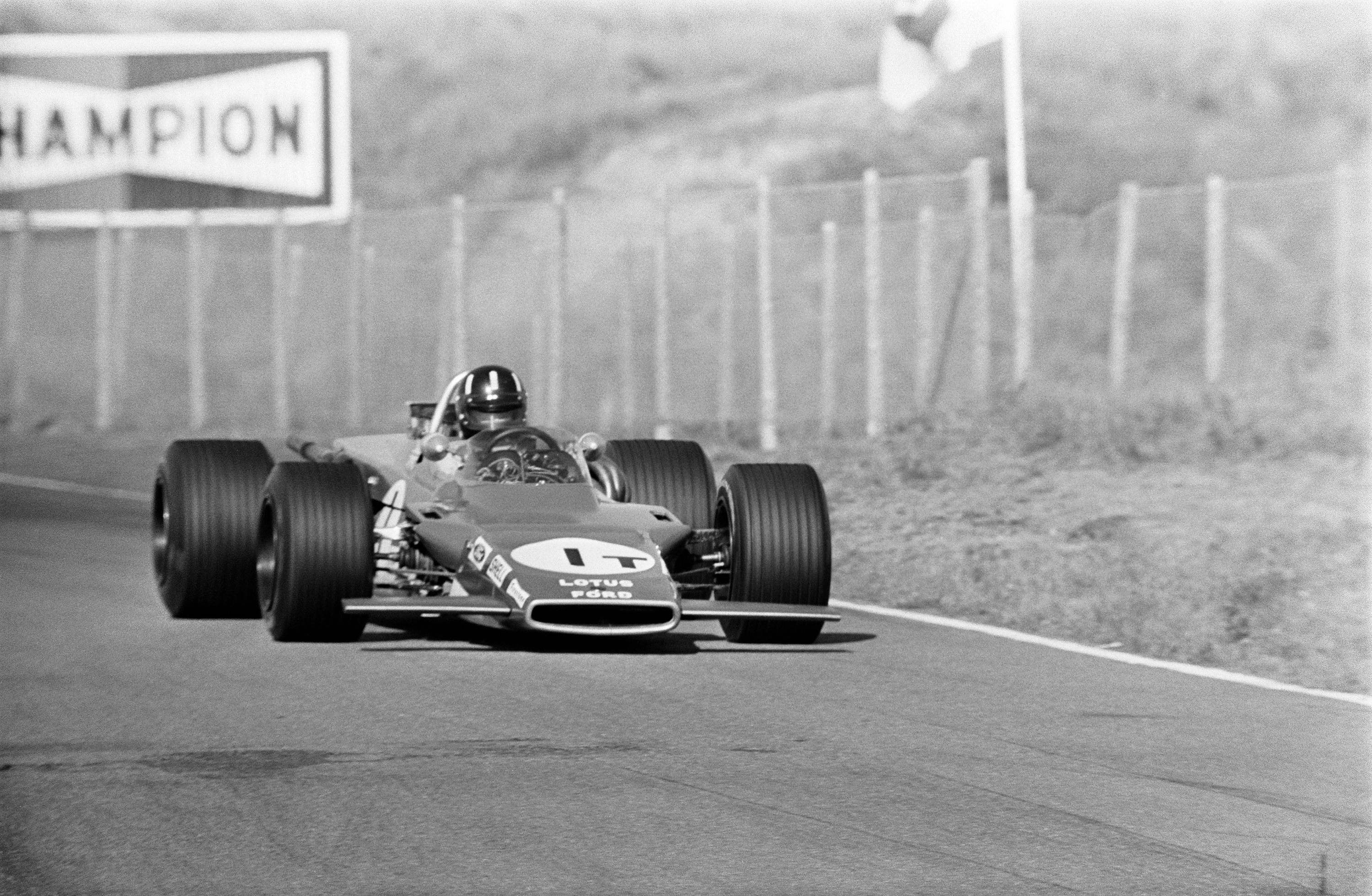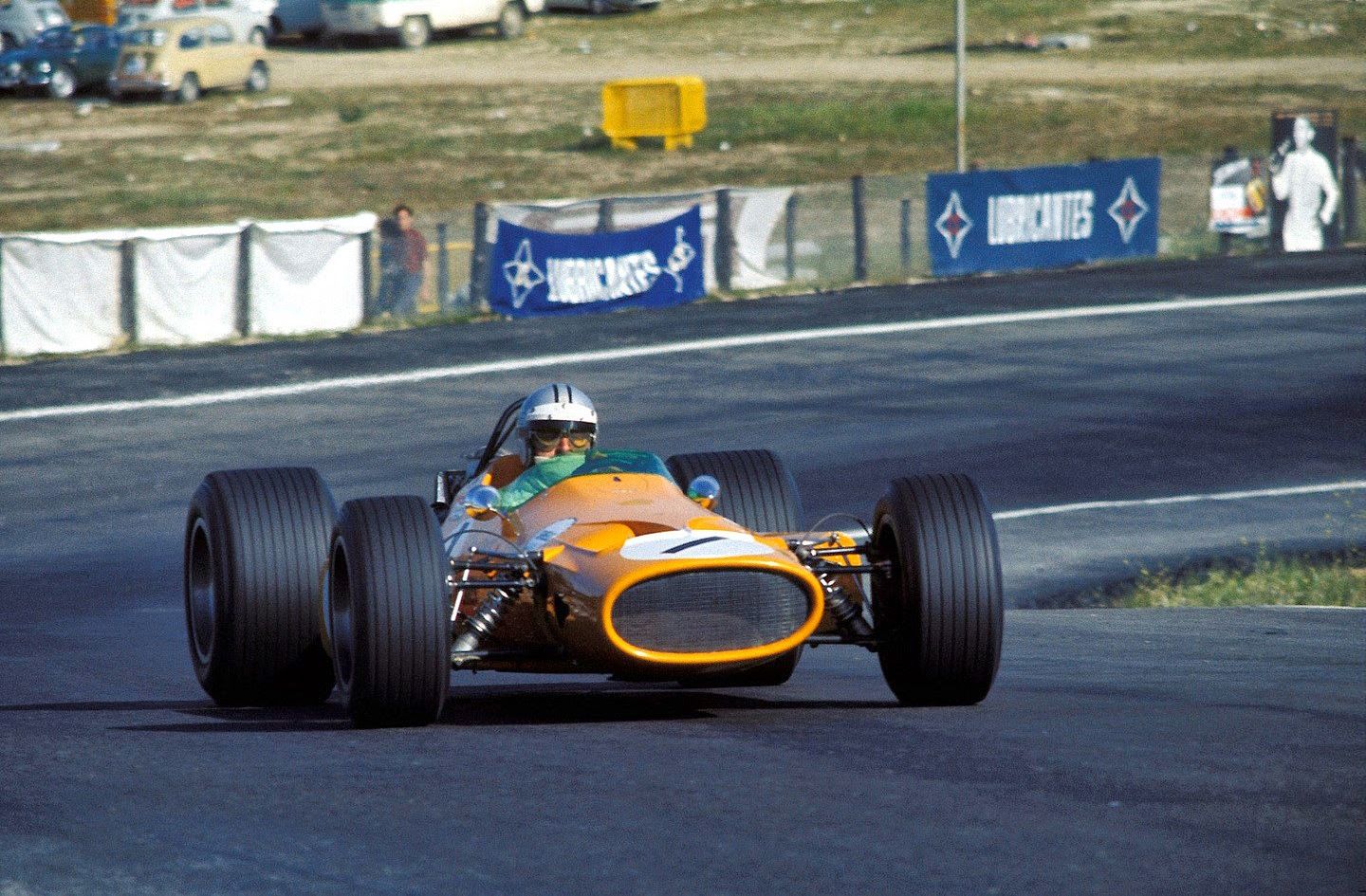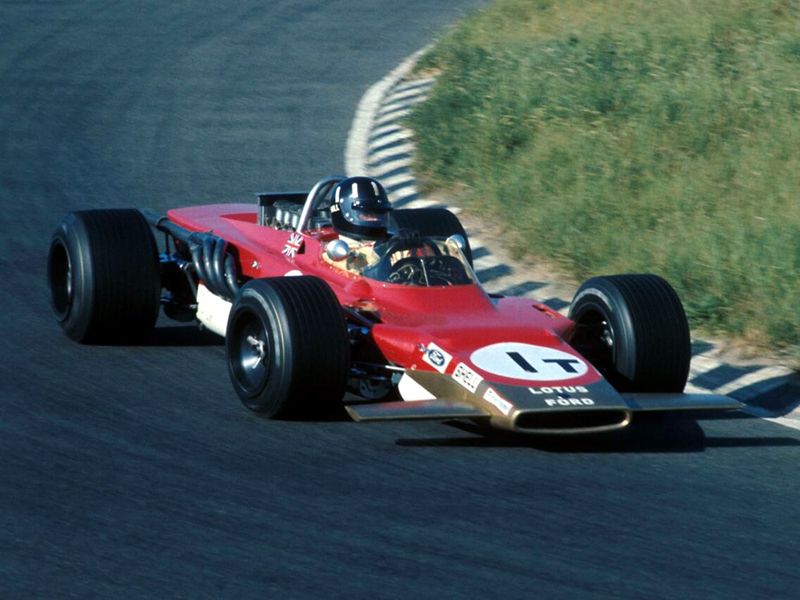Lotus, the legendary race car manufacturer turned sports car maker, unveiled the Evija earlier this year, its first all-electric car and, at the same time, its first hypercar and first AWD road-going model. The luscious beast features four electric motors, one behind each wheel, combining for a mind-boggling (and Pininfarina-beating) output of 1,971 horsepower, making it the fastest British hypercar. While a first in many aspects, it's actually not the first Lotus where the power reaches all four wheels.
When the Evija was unveiled, showcasing Chinese giant Geely's clear intention to revive the brand and make it more profitable than ever, most of the automotive world took a step back in awe but not everybody was as impressed by the $2.3 million car that will be built in a limited run of 130 units. We were among the skeptics, questioning whether or not the Evija is a clever way for Lotus to increase its revenue by building something it has never built before. We've also questioned the sudden move from ICE-powered cars to EVs without prior introduction of any hybrid model. But one area where Lotus does have some past experience is that of four-wheel-driven cars.
Back in the '60s, when teams were racing on track to win races and off-track to build the cars capable to win those races, Lotus thought it could come up with a more maneuverable car than everybody else and that's when the idea of having a system that would dispatch power to all four wheels instead of just two emerged. Sure, it's nothing like the AWD technology on the Evija but, at least, Lotus can say it did build such cars in its storied past.
The beginnings of AWD in motor racing
The '60s were, genuinely, the best of times and the worst of times all at once. It was the best of times because cars went from looking like flimsy cigars to wider, low-slung missiles complete with wings and wider tires and more power than ever before. The decade kicked off with a new set of rules that saw F1 cars mandated to run 1.5-liter engines that didn't even approach the 200 horsepower mark. Then, as the years rolled by, the tires grew thicker and, in 1966, 3.0-liter engines were allowed and power doubled although aerodynamics lagged behind. Wings began to appear by 1968 but, as teams tried to find ways to keep the cars from acting erratically under acceleration and braking, some thought it would be interesting to have the power dispatched to all four wheels, not just the two in the back.
This car built by Jacobus Spijker's company debuted in competition in 1906 in the Birmingham Motor Club hillclimb. As it happened, the skies opened that very day and, on a drenched course, the Spiker was one of the few cars to reach the summit and it did so needing the least amount of time out of all the cars that pulled through the mud. Despite the early success, the technology wasn't adopted because of how complicated and expensive it was to make.
As a result, engineers ignored the prospects of having power delivered to all of the wheels of the car for the better part of three decades, although there were some visionaries who tried their luck at mounting two engines on a chassis, one at either end, but, again, the idea didn't catch on. Across the Atlantic, four-wheel-drive wasn't a strange password to an occult club as there were people, especially among those frequenting the Indianapolis 500, that thought about the concept and tried to make it work. Chief among this small crowd was Harry Miller whose first 'Specials' appeared before the Second World War broke out.
Ferguson P99 specifications
|
Chassis |
tubular spaceframe |
|---|---|
|
Engine |
1.5-liter, naturally aspirated |
|
Transmission |
five-speed manual |
|
AWD |
50-50 torque distribution between axles |
|
Power |
195 horsepower @9,500 rpm |
The car debuted in 1961 and was slower than the opposition for two main reasons: first of all, due to the gearbox's placement, the engine had to be placed in front of the cockpit while Ferrari and Cooper raced rear-mid-engined cars. Secondly, the differentials and transmission were heavier than on a standard car and, since the 1.5-liter F1 cars lacked power, the Ferguson P99 was rather sluggish. However, Stirling Moss steered it to victory in the International Gold Cup at Oulton Park on a slick track that benefitted the P99. The car raced on into the '60s even winning the British Hillclimb Championship in 1964.
Long-time entrant and promoter Andy Granatelli brought a P99 to Indianapolis in 1964 after Moss had told him about his victory at Oulton Park in 1961. The car averaged 140 mph with Ferguson's Jack Fairman behind the wheel during some private test runs and this prompted Granatelli to order an Indy Special from Ferguson that was ready in time for the 1964 running of the 500-mile race. Called the Ferguson P104 Novi, it was powered by a much more potent (but also much more unreliable) V-8 engine. In its first outing, Bobby Unser put it sixth on the grid but retired on lap two. Then, in '65, the car ran as high as seventh before an oil leak stopped Unser in his tracks. A third consecutive start at the Brickyard ended with a crash in qualifying for Greg Weld. That same year, Bill Cheesebourg tried his luck with a turbine-powered roadster.
What was an otherwise outdated machine proved tremendously quick on the straights and Granatelli noticed that and jumped at the opportunity. For 1967, with backing from STP, the Paxton turbine car was built featuring one Pratt & Whitney engine wooshing Parnelli Jones on (quite literally) and AWD. The car, nicknamed 'Silent Sam', retired seven laps from the end when Jones was leading comfortably In 1968, Granatelli persevered with the Lotus 56 turbine car but Joe Leonard retired nine laps before the race's end - again from the lead.
All-wheel drive hit Formula 1 in 1969 and Lotus was at the forefront
The AWD craze finally found its way in the world of Formula 1 in 1969, the year when Bobby Unser finished third in an Offy-powered AWD car. That year, a number of other notable drivers piloted such machines - Mark Donohue, Parnelli Jones, or Art Pollard. Lotus introduced the 64 for the 1969 race but none of Chapman's drivers were impressed with it after Andretti crashed at 150 mph (he then switched to the Hawk and won the race, but that's a story for another day).
Lotus, who already had experience building AWD cars for oval racing in USAC came up with a road course derivative for Grand Prix racing called the Lotus 63.
This may seem strange since the Ferguson proved to be on the right track and BRM had already built a four-wheel-driven car in 1964 in the P67 although it never raced in a Grand Prix after Richard Attwood was banned from starting in that year's British Grand Prix. But the main problem with the cars of 1969 was the weight. They were simply too heavy, too heavy even for the +400 ponies of the DFV to counter and this meant that traditional RWD cars, that were also more intuitive to drive since you steered them with the throttle when entering a corner which was how it was done at the time, were faster.
The Maurice Philippe-designed Lotus 63 debuted at the 1969 Dutch Grand Prix but its only good day came at a non-championship event: the Gold Cup at Oulton Park. On that occasion, Jochen Rindt, who shied away from driving the car at Zandvoort, finished second to Jacky Ickx, albeit a lap down. That was the car's best result. The 8W Forix details the technical aspects of the 63: "the engine was turned through 180 degrees with the clutch facing forward.
Another issue found by drivers was that the front differential caused understeer. Cosworth tried to cure that on their unraced F1 car by fitting it with a limited-slip differential but this comes at odds with the idea of four-wheel-driving itself. Jackie Stewart drove the Cosworth car and was adamant about it, saying that "it's so heavy on the front, you turn into a corner and the whole thing starts driving you. The car tries to take you over."
Two years later, Lotus was back at it with the Lotus 56B, effectively an evolution of the 1968 Indy car made to work on road courses. As with the original 56, it featured a Pratt & Whitney turbine engine and lacked a clutch or usual gears. It retired on its first few outings by then, on the eve of the Dutch Grand Prix, it started raining. Sadly for Chapman and Co., Dave Walker crashed the car on lap 10 after gaining 12 positions. The genius designer was gutted, remarking that "that was the one race that should, and could, have been won by a four-wheel drive." Its final outing was at the Italian Grand Prix where Fittipaldi finished an unremarkable eighth, outside of the points and one lap down on the winner. 11 years later, in 1982, AWD was banned altogether from Formula 1 after Williams built the Williams FW08D.






